Home>Articles>What Insulation Qualifies For Energy Tax Credit
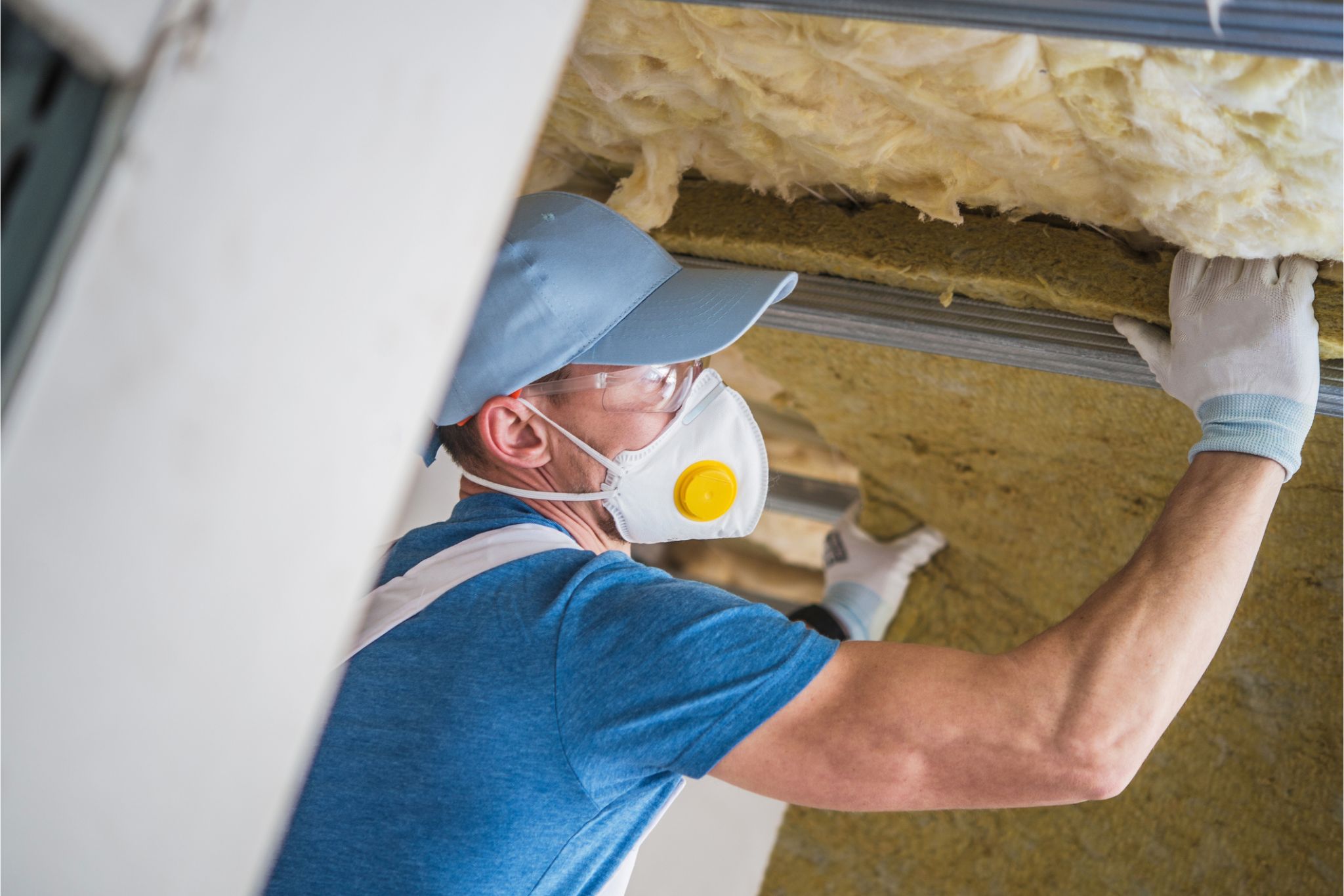

Articles
What Insulation Qualifies For Energy Tax Credit
Modified: January 8, 2024
Find articles on what insulation qualifies for energy tax credit and how to claim. Maximize your energy savings and get the most out of your investment.
(Many of the links in this article redirect to a specific reviewed product. Your purchase of these products through affiliate links helps to generate commission for Storables.com, at no extra cost. Learn more)
Introduction
Welcome to the world of energy efficiency and cost savings! If you are a homeowner looking to reduce your energy consumption and save money, you’ve come to the right place. In this article, we will delve into the topic of insulation and the coveted Energy Tax Credit. The Energy Tax Credit is a government incentive program that rewards eligible homeowners for making energy-efficient upgrades to their homes.
The Energy Tax Credit was introduced to encourage homeowners to invest in energy-saving measures. By providing financial incentives in the form of tax credits, the government aims to promote sustainable practices that benefit both the environment and the economy. One of the key areas covered by the Energy Tax Credit is insulation, which plays a crucial role in reducing energy waste and keeping homes comfortable throughout the year.
Insulation acts as a barrier against heat transfer, minimizing the exchange of heat between the interior and exterior of a home. By effectively insulating your home, you can significantly reduce the need for excessive heating or cooling, resulting in energy savings and lower utility bills.
In the following sections, we will take a closer look at the qualifications for the Energy Tax Credit and the specific types of insulation that qualify. We will also highlight some insulation materials that do not meet the criteria for the tax credit. Finally, we will provide guidance on how to claim the Energy Tax Credit to ensure you take full advantage of this beneficial program.
Whether you are considering a home improvement project or simply want to make your living space more energy-efficient, understanding the Energy Tax Credit and the role of insulation is essential. Let’s dive in and explore the exciting world of energy-efficient insulation and the benefits it brings!
Key Takeaways:
- Insulation upgrades can qualify for the Energy Tax Credit, offering homeowners a chance to save money while reducing energy waste and contributing to a more sustainable future.
- Choosing the right insulation materials and following the IRS guidelines are crucial for claiming the tax credit. By understanding the qualifications and requirements, homeowners can maximize their energy savings and enjoy the benefits of reduced taxes or increased refunds.
Read more: How Do You Qualify For Insulation Grant
Understanding the Energy Tax Credit
The Energy Tax Credit, also known as the Residential Energy Efficient Property Credit, is a federal program designed to support homeowners who invest in energy-efficient upgrades. It offers a tax credit that can directly reduce the amount of taxes owed to the government. This credit is available for specific energy-efficient improvements made to a primary residence.
It’s important to note that the Energy Tax Credit is subject to certain limits and restrictions. The credit covers a percentage of the qualified expenses incurred for eligible upgrades, up to a specified maximum credit amount. These limits vary depending on the type of improvement and are subject to change based on legislative updates.
The Energy Tax Credit covers a wide range of home improvements, such as the installation of solar panels, geothermal heat pumps, solar-powered water heaters, and small wind turbines. However, an area that is often overlooked but equally important is insulation. Upgrading your home’s insulation can have a significant impact on energy efficiency, making it a worthy investment.
By properly insulating your home, you can reduce heat loss during the winter and minimize heat gain in the summer. This translates to more consistent indoor temperatures, reduced reliance on heating and cooling systems, and lower energy bills. Insulation also helps to improve the overall comfort of your home by reducing drafts and ensuring a more even distribution of heat.
The Energy Tax Credit is a fantastic opportunity to offset the cost of insulation upgrades and increase the energy efficiency of your home. By investing in insulation improvements, you not only reap the immediate benefits in terms of comfort and cost savings but also contribute to a more sustainable future by reducing your carbon footprint.
Now that we have a basic understanding of the Energy Tax Credit, let’s explore the qualifications and requirements for homeowners to take advantage of this valuable incentive.
Qualifications for the Energy Tax Credit
Before you can claim the Energy Tax Credit for insulation upgrades, there are certain qualifications and requirements that must be met. These criteria ensure that the upgrades meet the energy efficiency standards and are eligible for the tax credit. Here are some key qualifications to consider:
- Type of Property: The Energy Tax Credit is available only for improvements made to your primary residence. Secondary or rental properties are not eligible.
- Timeline: The upgrades must have been made during the eligible tax year. It’s important to keep documentation to verify the timing of the improvements.
- Manufacturer Certification: The insulation materials used must meet industry requirements and be certified by the manufacturer. Make sure to choose insulation products that have proper certifications and labels.
- IRS Specifications: The insulation installations must meet the requirements set by the Internal Revenue Service (IRS) for the Energy Tax Credit. It’s essential to understand these specifications to ensure compliance.
- Primary Purpose: The primary purpose of the insulation upgrades must be for energy efficiency. The improvements should aim to reduce heat loss or gain and improve energy conservation.
- Residential Use: The upgrades must be installed in areas of your home that are used primarily for residential purposes. Non-residential or commercial installations do not qualify.
It is crucial to review the specific guidelines and requirements set by the IRS for the Energy Tax Credit to ensure you meet all the qualifications. Any discrepancies or failure to meet the criteria could result in the disqualification of the tax credit for your insulation upgrades.
Now that we understand the qualifications for claiming the Energy Tax Credit, let’s explore the types of insulation that qualify for this incentive.
Types of Insulation that Qualify
When it comes to the Energy Tax Credit, not all types of insulation are created equal. To be eligible for the tax credit, the insulation must meet specific criteria established by the IRS. Here are some of the insulation types that generally qualify for the Energy Tax Credit:
- Fiberglass Insulation: Fiberglass insulation, which consists of glass fibers, is a popular choice for its affordability and effectiveness. It is available in both batt and blown-in forms and can be used in various areas of the home, including walls, attics, and floors.
- Cellulose Insulation: Made from recycled paper, cellulose insulation offers excellent thermal performance. It can be blown into wall cavities and attic spaces to provide energy-efficient insulation. Cellulose insulation is also known for its fire-retardant properties.
- Spray Foam Insulation: Spray foam insulation is a versatile option that provides an airtight barrier against heat transfer. It can be applied to walls, crawl spaces, and other hard-to-reach areas. Spray foam insulation offers superior thermal resistance and can help reduce energy waste.
- Mineral Wool Insulation: Mineral wool insulation, also known as rock wool or slag wool, is made from natural materials like basalt or recycled slag. It offers excellent fire resistance and soundproofing capabilities. Mineral wool insulation can be used in walls, roofs, and attics.
These are just a few examples of insulation types that typically qualify for the Energy Tax Credit. It’s important to note that the specific requirements may vary, and it’s crucial to consult the IRS guidelines and documentation for the latest information.
When selecting insulation for your home, it’s essential to consider factors such as R-value (the measure of thermal resistance), installation requirements, and compatibility with the existing structure. Proper installation and compliance with the manufacturer’s instructions are crucial to ensure maximum efficiency and eligibility for the tax credit.
Now that we know which insulation types generally qualify, let’s discuss some insulation materials that do not meet the criteria for the Energy Tax Credit.
When looking for insulation that qualifies for the energy tax credit, make sure it meets the requirements set by the IRS, such as having a specific R-value and being installed in a primary residence. Check the IRS website for the most up-to-date information.
Insulation Materials that Do Not Qualify
While there are many insulation materials that meet the criteria for the Energy Tax Credit, it’s important to be aware of the materials that do not qualify. Using these materials for your insulation upgrades may not make you eligible for the tax credit. Here are some insulation materials that typically do not meet the requirements:
- Reflective Foil Insulation: Reflective foil insulation, often used in radiant barrier systems, does not typically qualify for the Energy Tax Credit. This type of insulation works by reflecting radiant heat, rather than minimizing heat transfer through conduction.
- Expanded Polystyrene (EPS) Insulation: EPS insulation, commonly known as foam board insulation, is not considered eligible for the Energy Tax Credit. This type of insulation is primarily used for exterior sheathing or foundations and does not meet the IRS specifications for the tax credit.
- Air Sealing Materials: While proper air sealing is crucial for energy efficiency, materials used solely for air sealing, such as weatherstripping and caulk, do not qualify for the Energy Tax Credit. These materials are not considered as insulation and are not eligible for the tax credit.
- Insulation Installed in Non-Residential Areas: If you install insulation in areas of your home that are not primarily used for residential purposes, such as garages or workshops, it may not qualify for the tax credit. The IRS specifies that the improvements must be for residential use to be eligible.
It’s important to emphasize that the list above is not exhaustive, and specific guidelines can vary. As always, it’s essential to consult the IRS guidelines and documentation to understand the exact criteria and requirements for insulation materials that qualify for the Energy Tax Credit.
Now that we have discussed the types of insulation that do not typically qualify, let’s move on to the next section and explore how to claim the Energy Tax Credit for your eligible insulation upgrades.
How to Claim the Energy Tax Credit
Now that you have made eligible insulation upgrades to your home and are ready to claim the Energy Tax Credit, it’s important to understand the process and requirements for filing your claim. Here are the steps to follow:
- Keep Documentation: Throughout the insulation installation process, it’s crucial to keep all relevant documentation, including receipts, invoices, and product certifications. These documents serve as proof of your qualifying improvements and will be necessary when filing your tax return.
- Complete IRS Form 5695: To claim the Energy Tax Credit, you will need to fill out IRS Form 5695, known as the Residential Energy Credits form. This form allows you to report the expenses incurred for the qualifying improvements and calculate the tax credit amount.
- Enter Insulation Expenses: On Form 5695, you will need to enter the total expenses paid for insulation upgrades. The materials and labor costs associated with the eligible insulation improvements should be included in this section.
- Calculate Tax Credit: Based on the information provided on Form 5695, you can calculate the tax credit amount. The Energy Tax Credit covers a percentage of the qualified expenses, up to a specified maximum credit amount. The credit will directly reduce the amount of taxes owed or increase your tax refund.
- Include Form 5695 with Your Tax Return: Once you have completed and calculated Form 5695, you need to attach it to your annual tax return. Make sure to include any other required forms and documentation as specified by the IRS.
It’s important to note that the Energy Tax Credit may be subject to limitations and restrictions set by the IRS. These limits can vary depending on the type of improvement and the tax year. Always consult the latest IRS guidelines and consult with a tax professional to ensure accuracy and compliance.
By following these steps and properly documenting your insulation upgrades, you can claim the Energy Tax Credit and enjoy the benefits of reduced taxes or increased refunds. The tax credit not only provides financial incentives for making energy-efficient improvements but also promotes sustainable practices and energy conservation.
Now that we have covered how to claim the Energy Tax Credit, let’s wrap up our discussion with a recap of the key points and the importance of energy-efficient insulation.
Conclusion
In conclusion, the Energy Tax Credit provides a valuable opportunity for homeowners to save money while making energy-efficient improvements to their homes. Insulation plays a crucial role in reducing energy waste, improving comfort, and lowering utility bills. By understanding the qualifications for the tax credit and choosing the right insulation materials, you can maximize your energy savings and potentially receive a tax credit.
It’s important to remember the qualifications for the Energy Tax Credit, such as the type of property, manufacturer certification, and compliance with IRS specifications. Keeping documentation of your insulation upgrades is essential for claiming the tax credit. By completing IRS Form 5695 and accurately reporting your expenses, you can calculate the tax credit amount and include it with your annual tax return.
The types of insulation that typically qualify for the tax credit include fiberglass insulation, cellulose insulation, spray foam insulation, and mineral wool insulation. These materials offer effective thermal resistance and contribute to improved energy efficiency in your home.
On the other hand, materials such as reflective foil insulation, expanded polystyrene (EPS) insulation, and air sealing materials may not meet the criteria for the Energy Tax Credit. It’s important to choose insulation materials that are eligible to ensure you can claim the tax credit for your upgrades.
By taking advantage of the Energy Tax Credit, you not only enjoy immediate cost savings but also contribute to a more sustainable future. Insulation upgrades reduce energy consumption, lower greenhouse gas emissions, and promote environmental stewardship.
When it comes to making energy-efficient improvements, insulation should be a top priority. It not only qualifies for the Energy Tax Credit but also provides year-round benefits, including increased comfort, reduced energy bills, and a smaller carbon footprint.
So, whether you’re considering a home improvement project or looking to make your living space more energy-efficient, explore your options for insulation upgrades and take advantage of the Energy Tax Credit. It’s a win-win situation for both your wallet and the environment.
Frequently Asked Questions about What Insulation Qualifies For Energy Tax Credit
Was this page helpful?
At Storables.com, we guarantee accurate and reliable information. Our content, validated by Expert Board Contributors, is crafted following stringent Editorial Policies. We're committed to providing you with well-researched, expert-backed insights for all your informational needs.
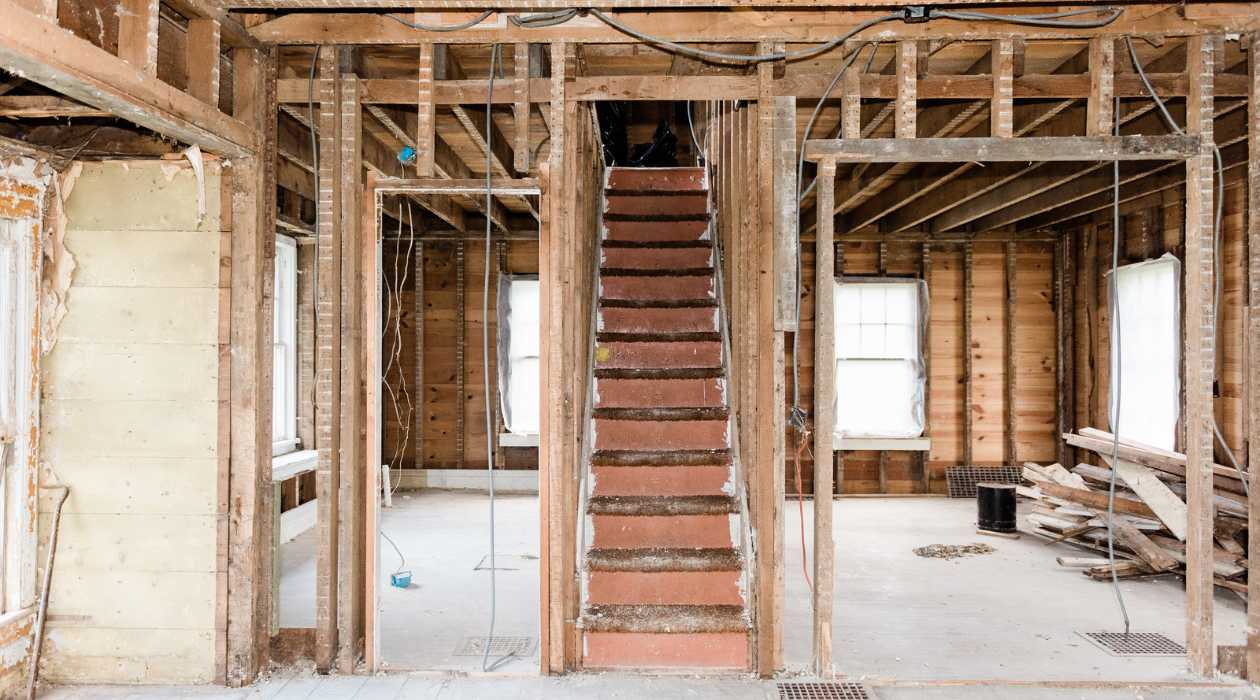


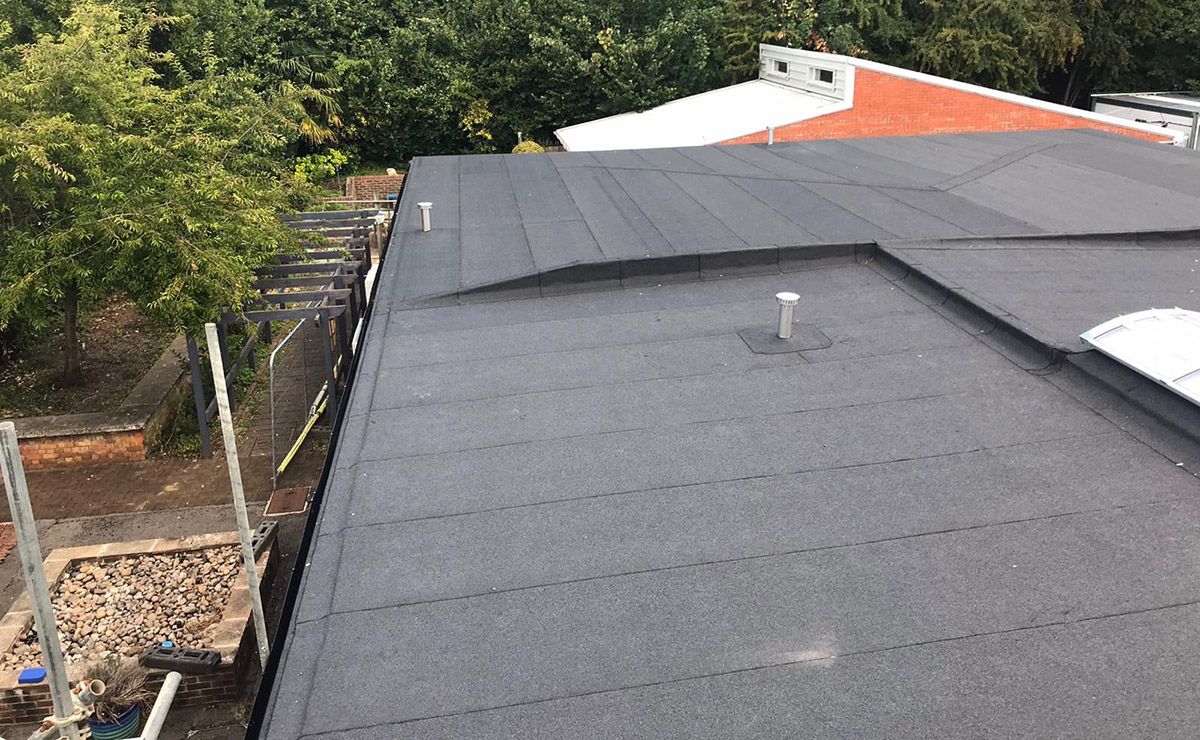
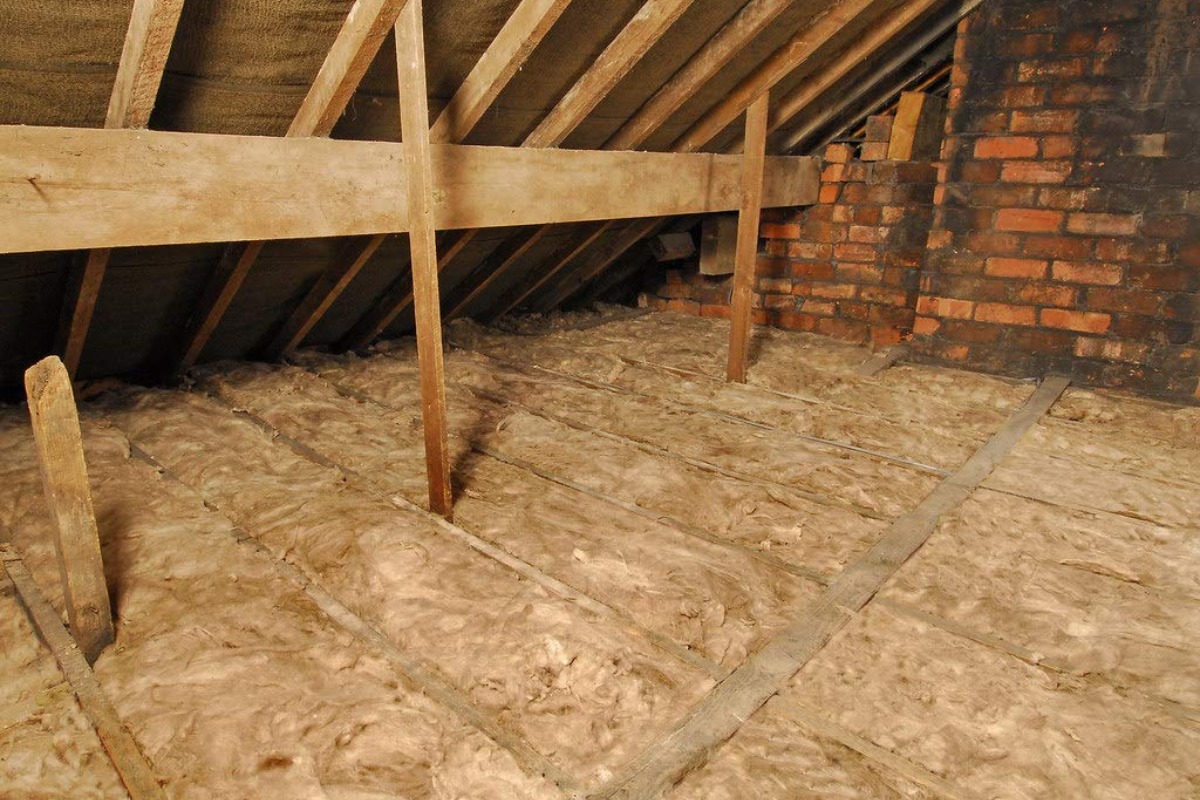
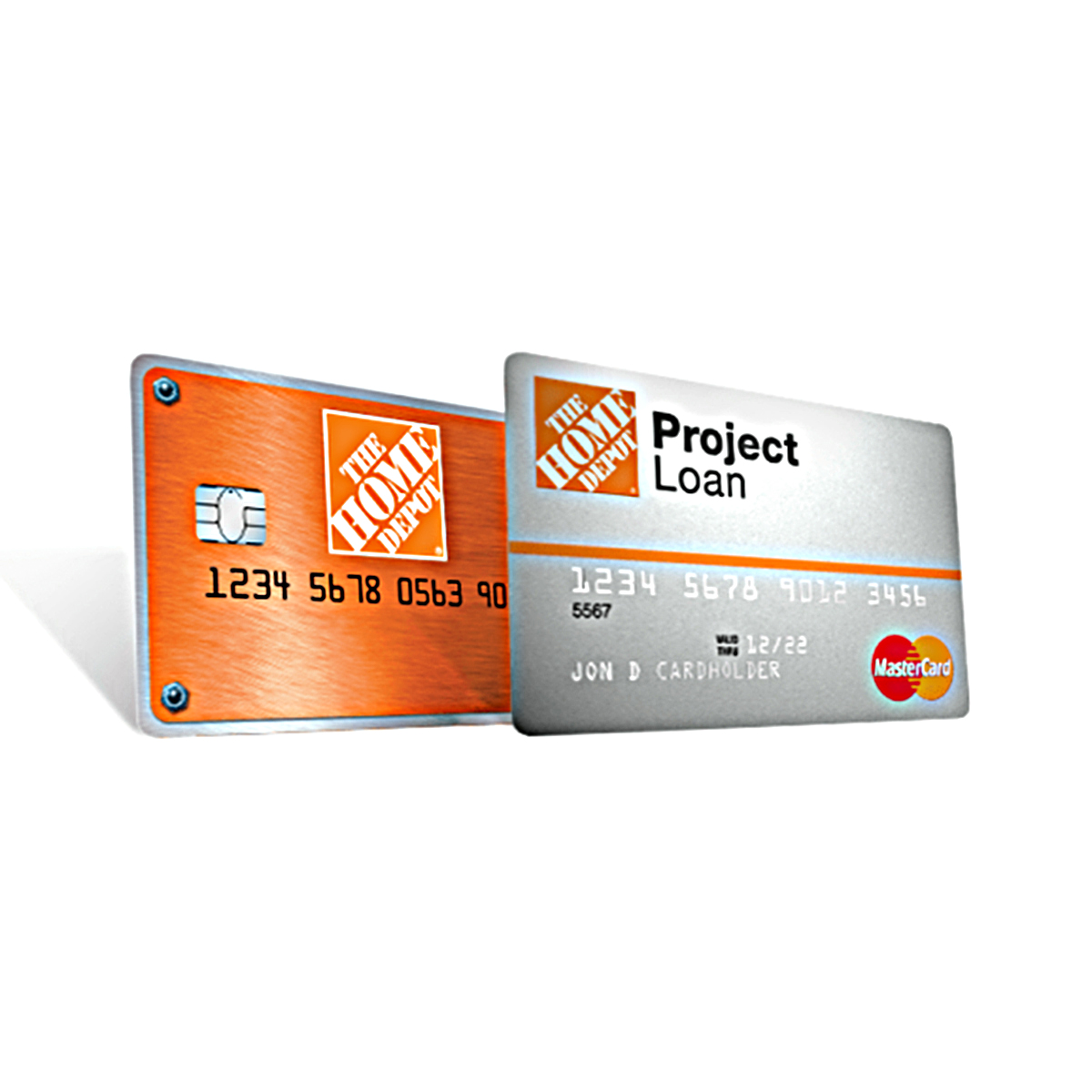
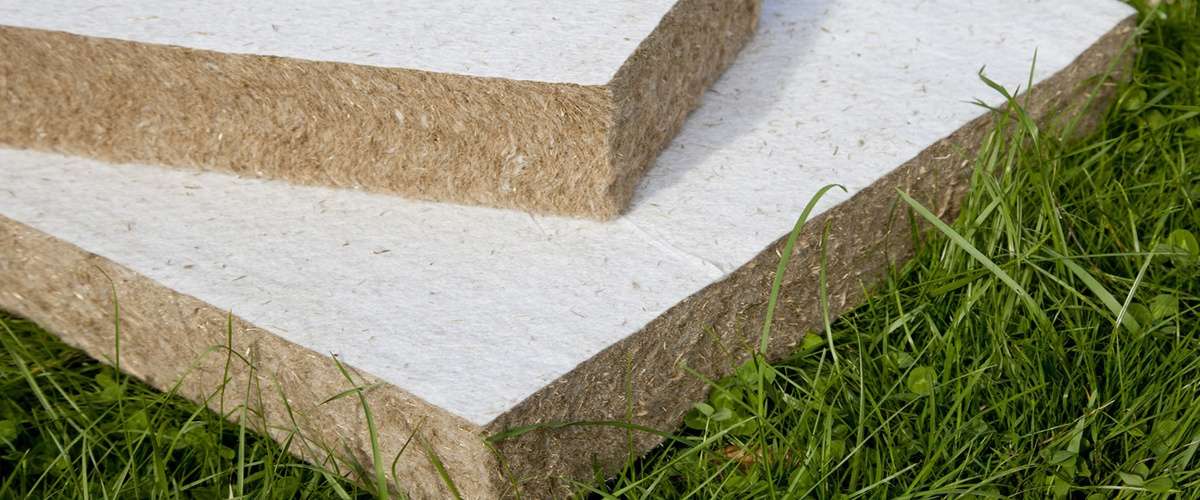
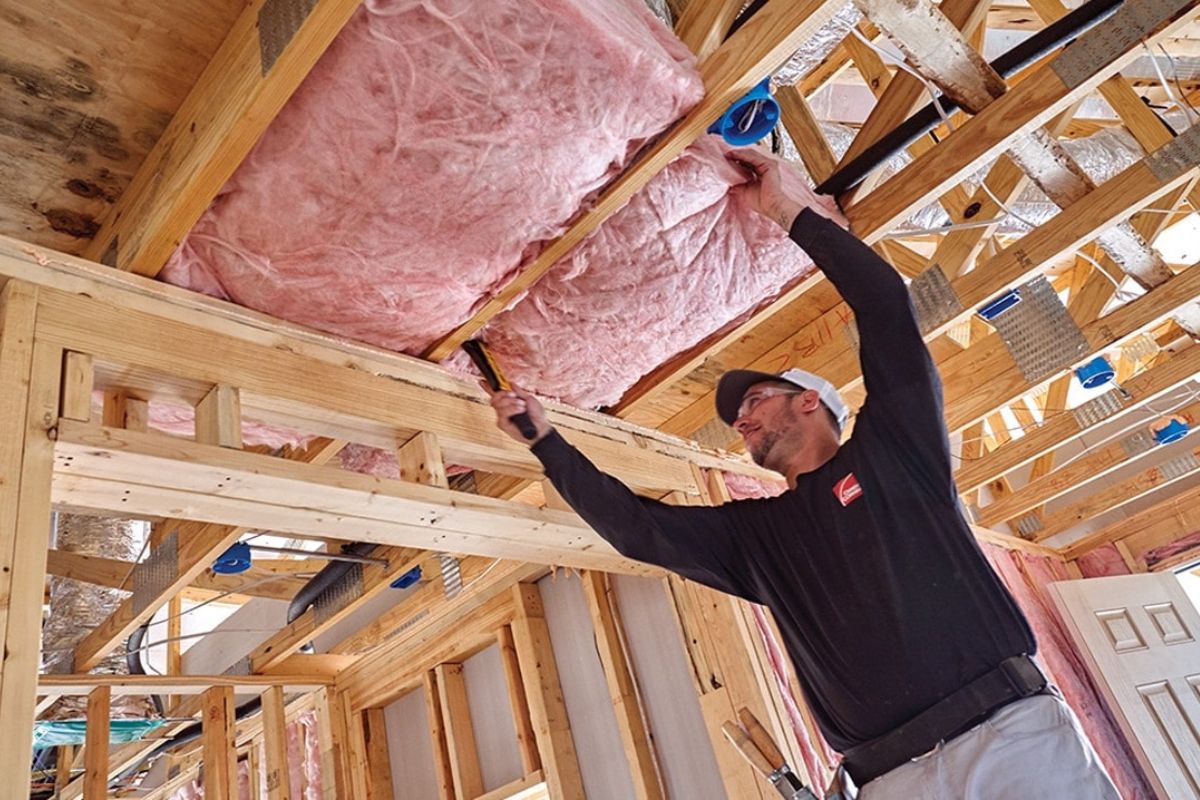
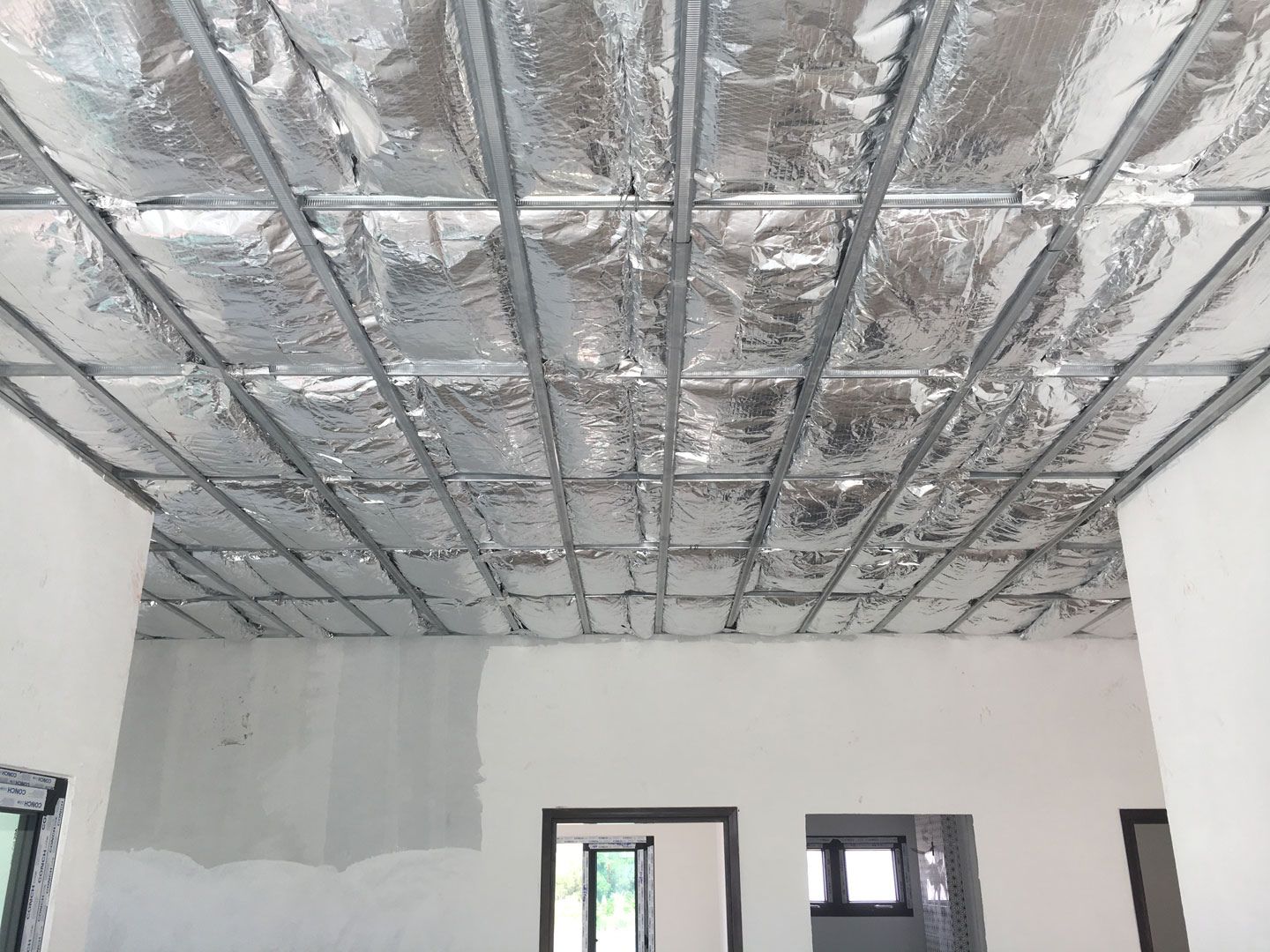
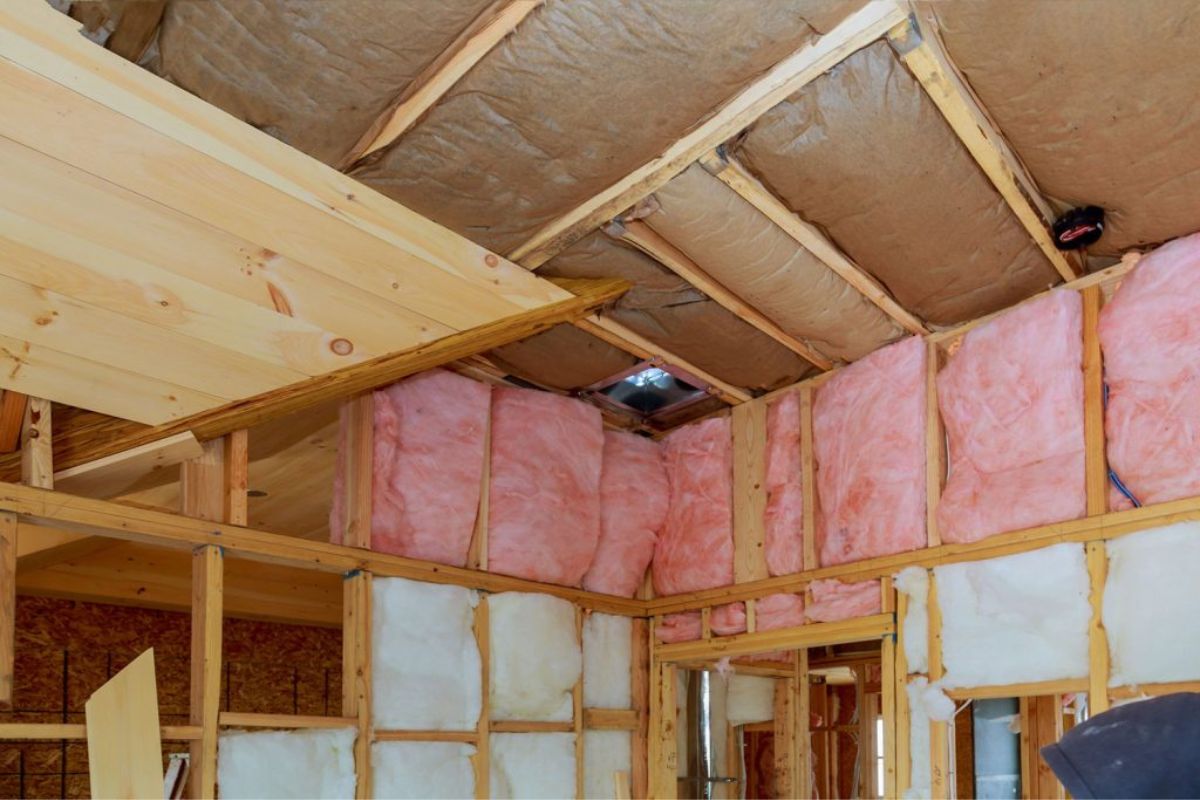
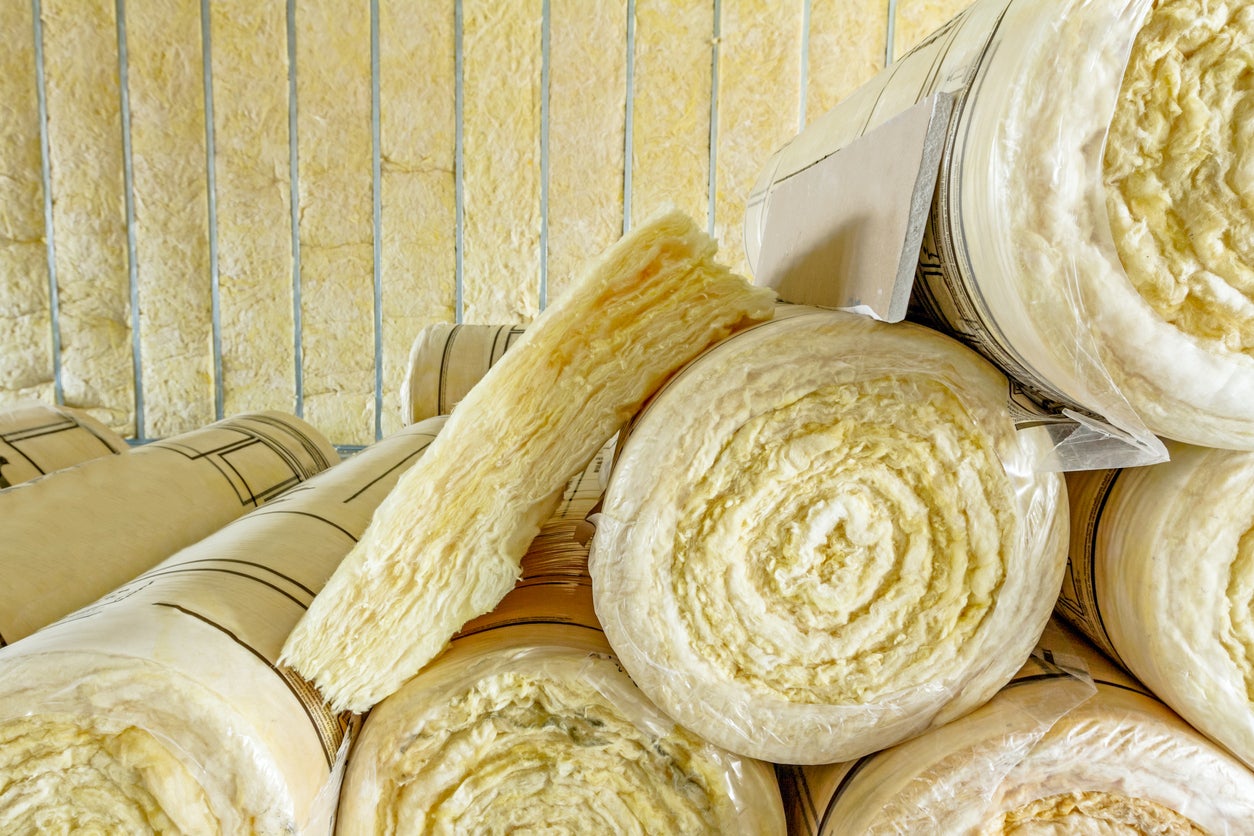
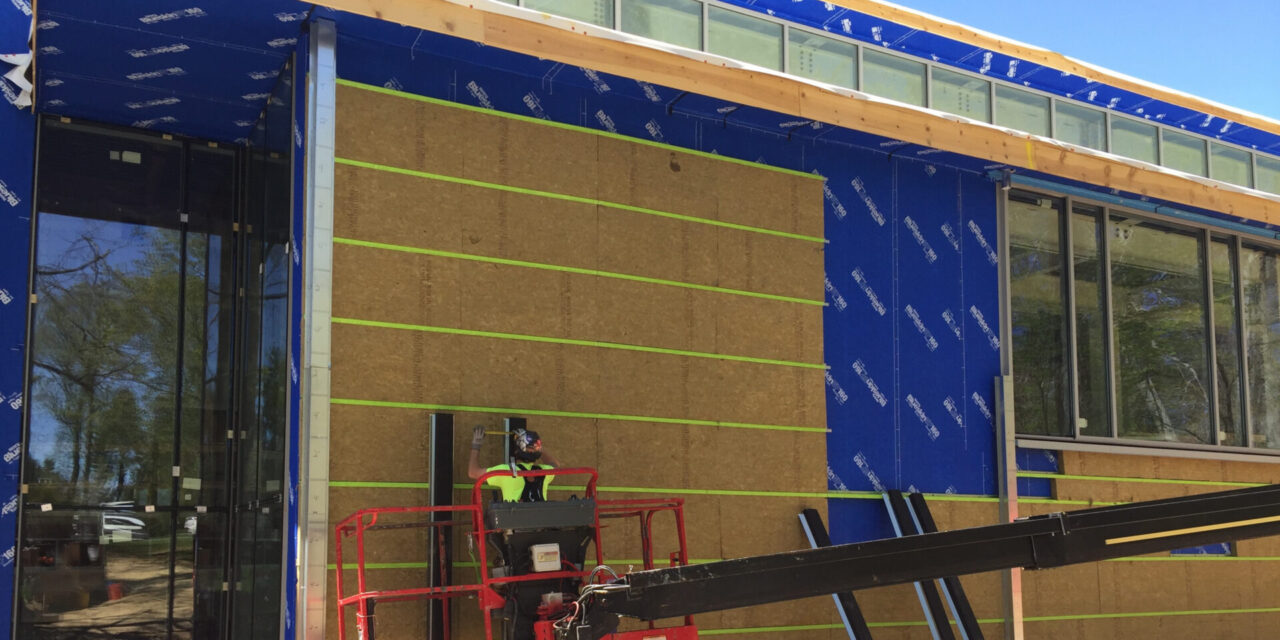
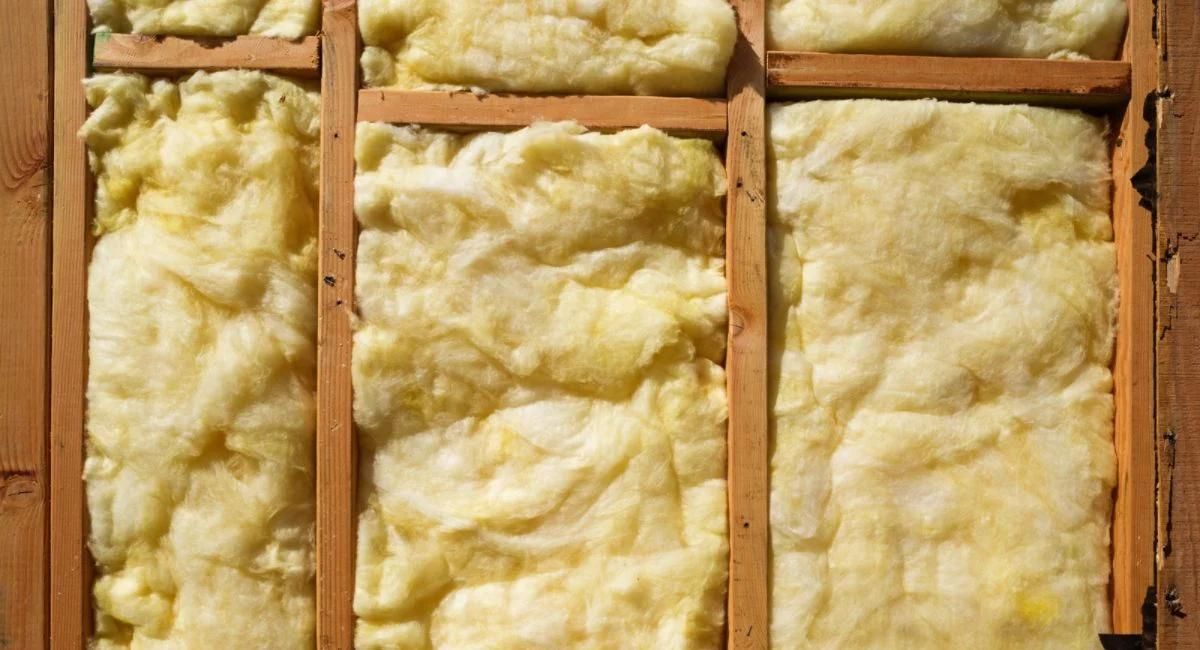
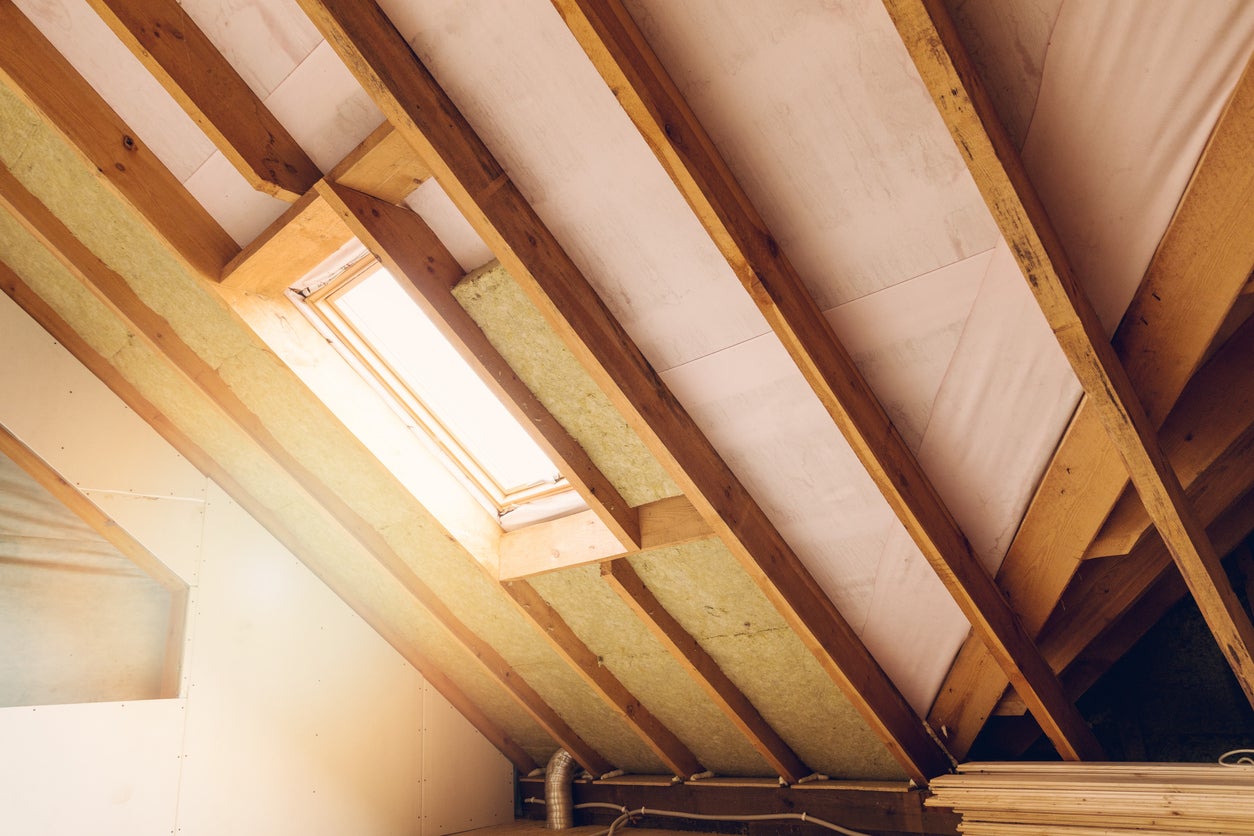

0 thoughts on “What Insulation Qualifies For Energy Tax Credit”